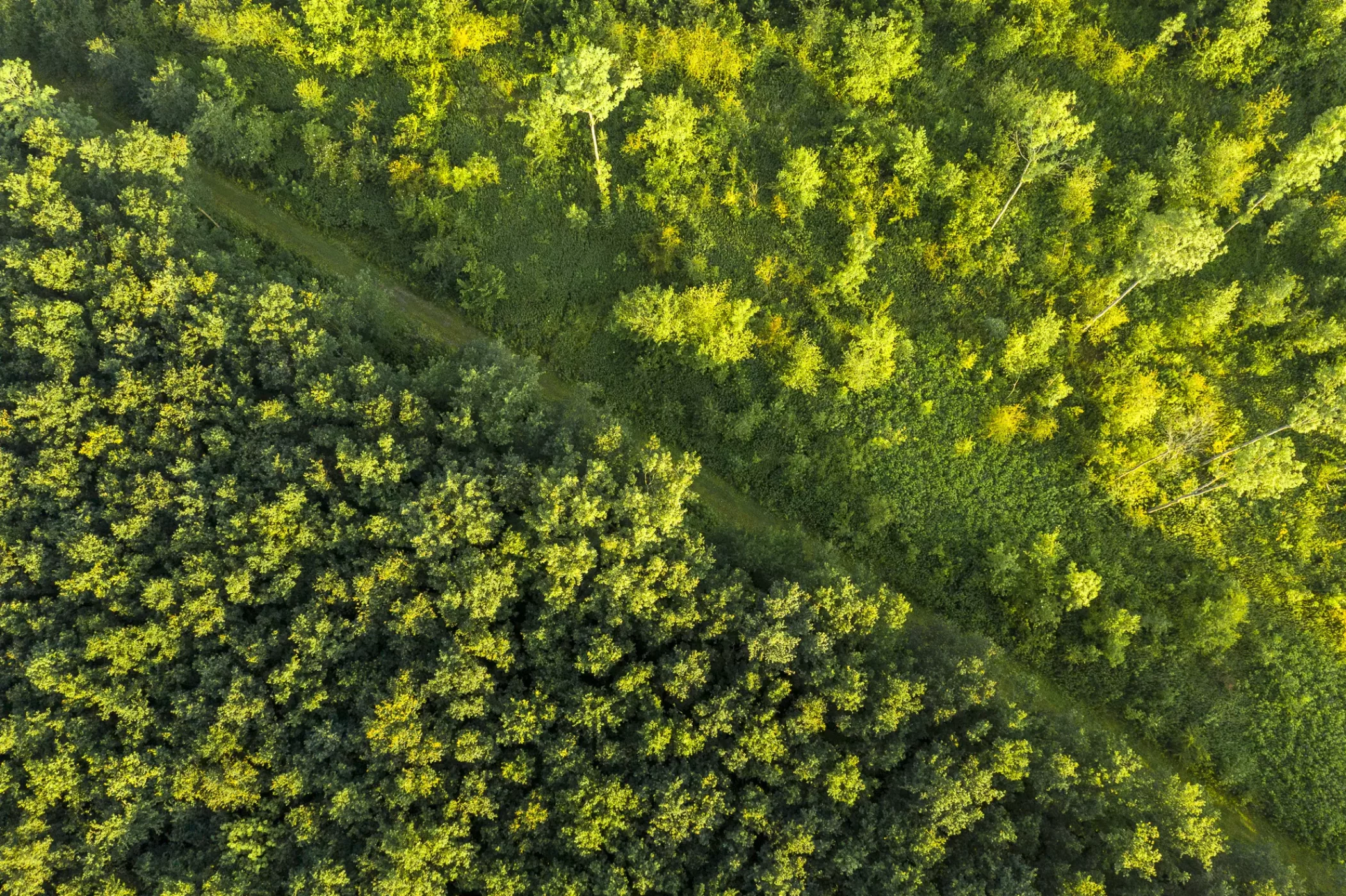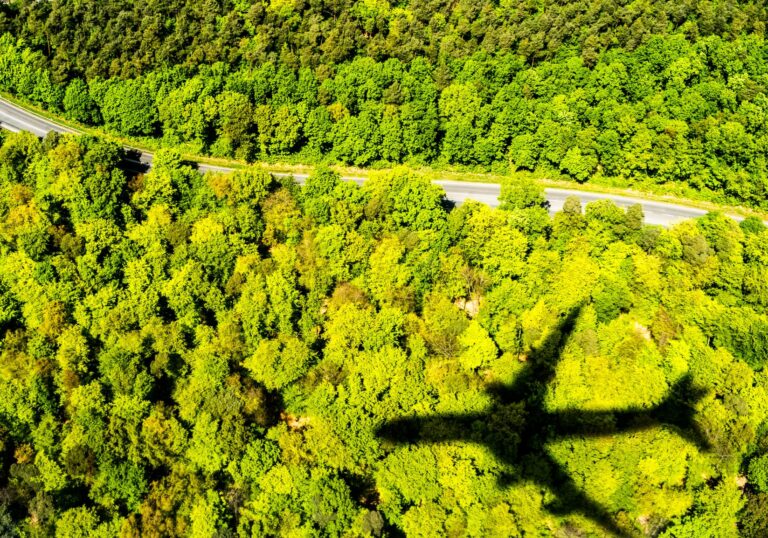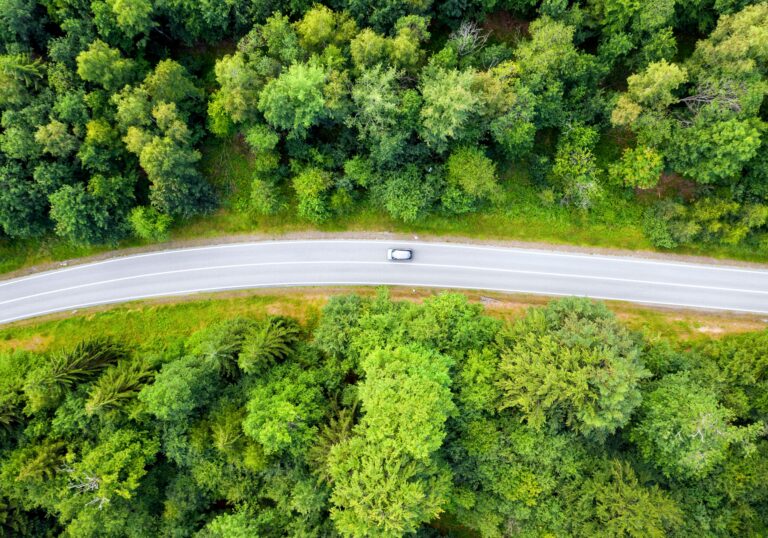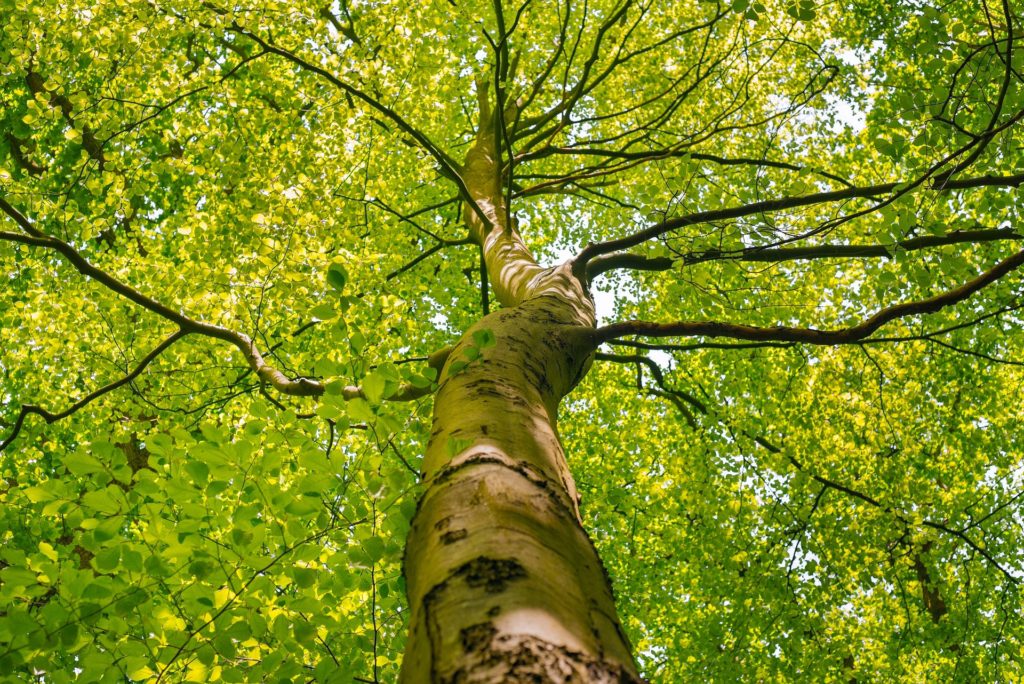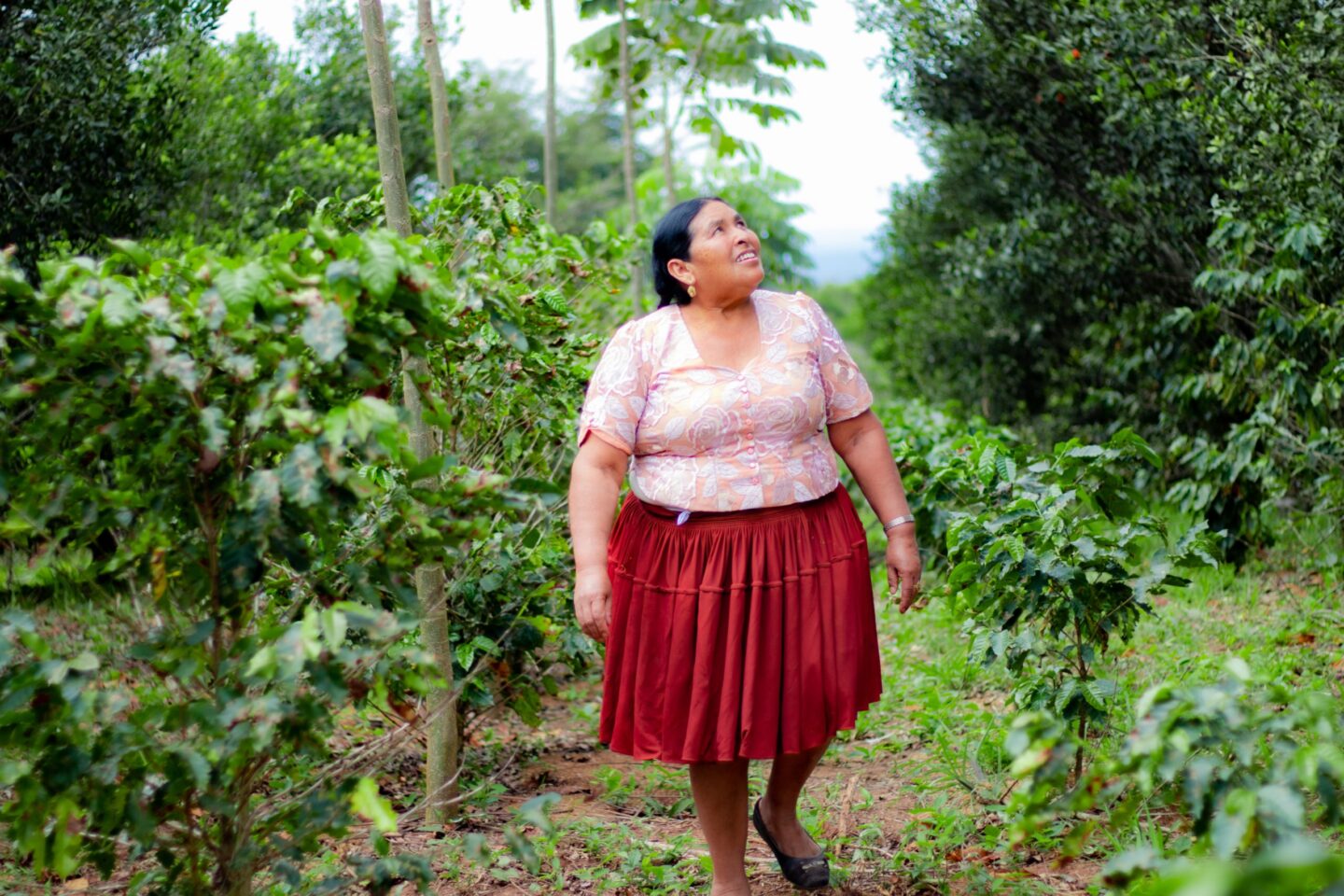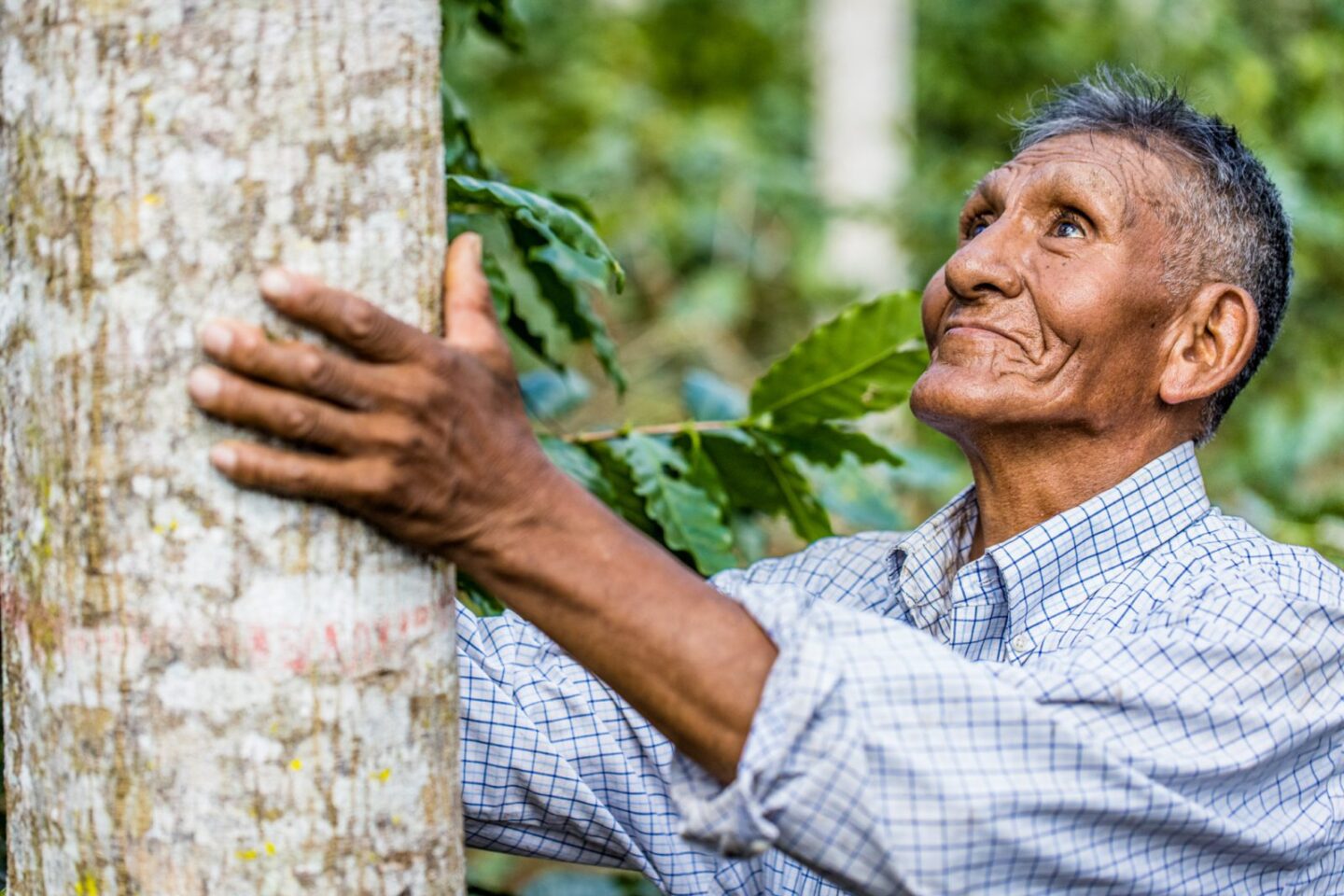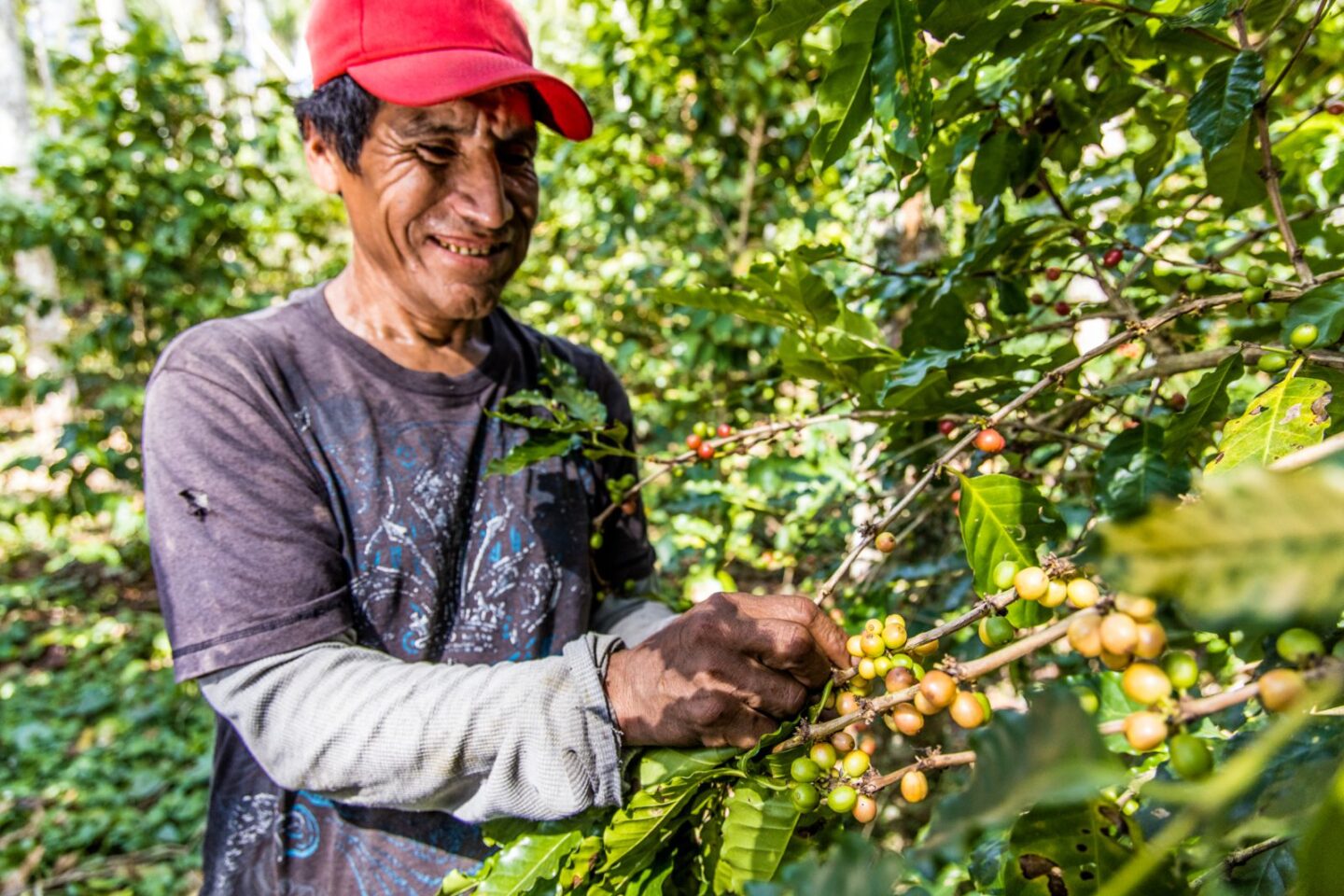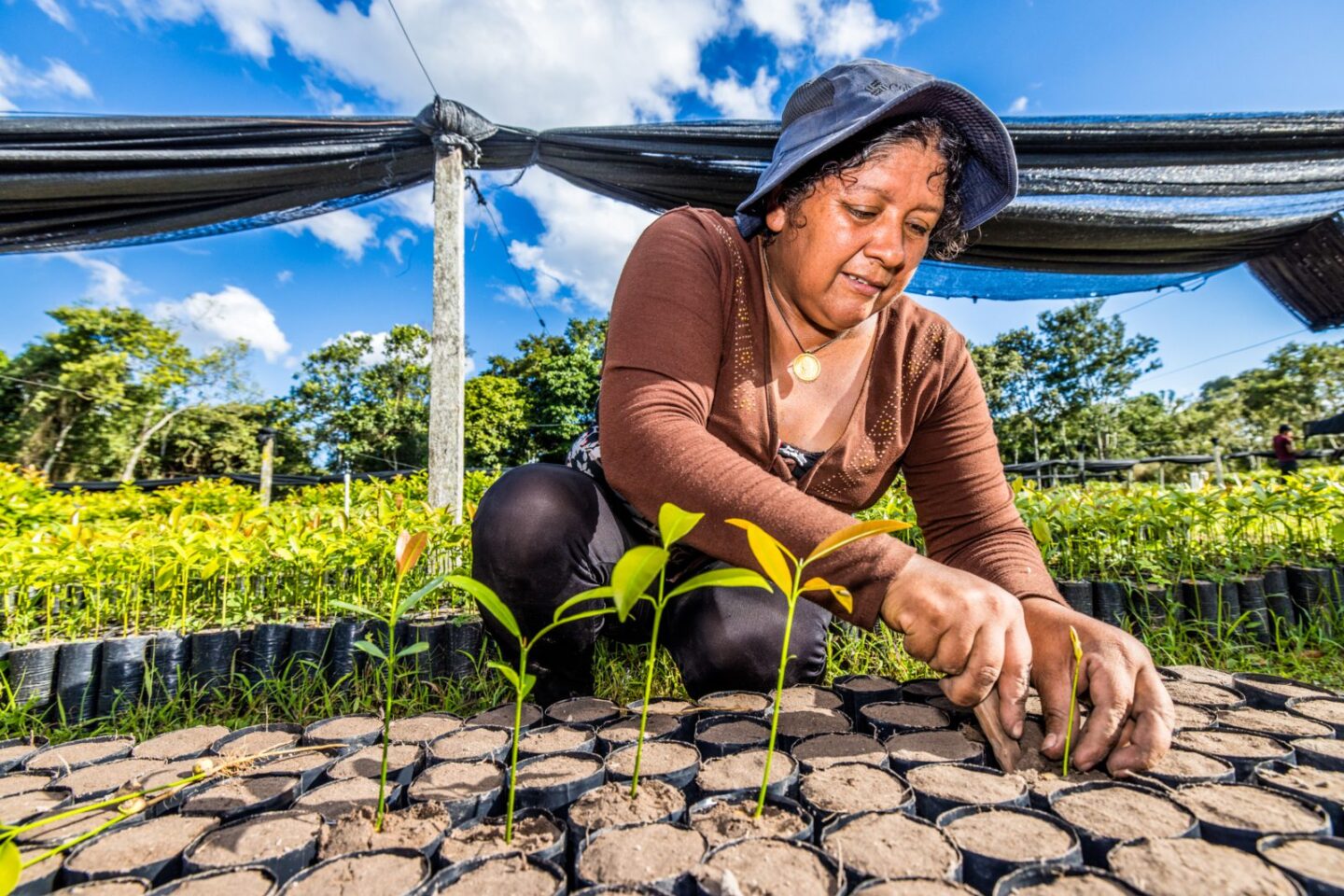Reliable thanks to certified projects
We use your donation to plant more trees in our certified forest projects. By certified, we mean that the project meets the strict requirements of Plan Vivo, an international quality mark for CO2 offsetting.
Plan Vivo guarantees that the amount of CO2 you offset is actually sequestered through tree planting — and verifies this as well. Tactors such as tree species, growing location and tree age are taken into account. In addition to storing CO2 Plan Vivo-certified projects also improve biodiversity and living conditions for local communities — for example, by providing jobs and income through forest-related work.
A project doesn’t simply receive Plan Vivo certification. It is preceded by an extensive assessment. The CO2 sequestration is also monitored. This way, we ensure that your donation is well spent and contributes positively to the climate, biodiversity, and living conditions of people around the world.
